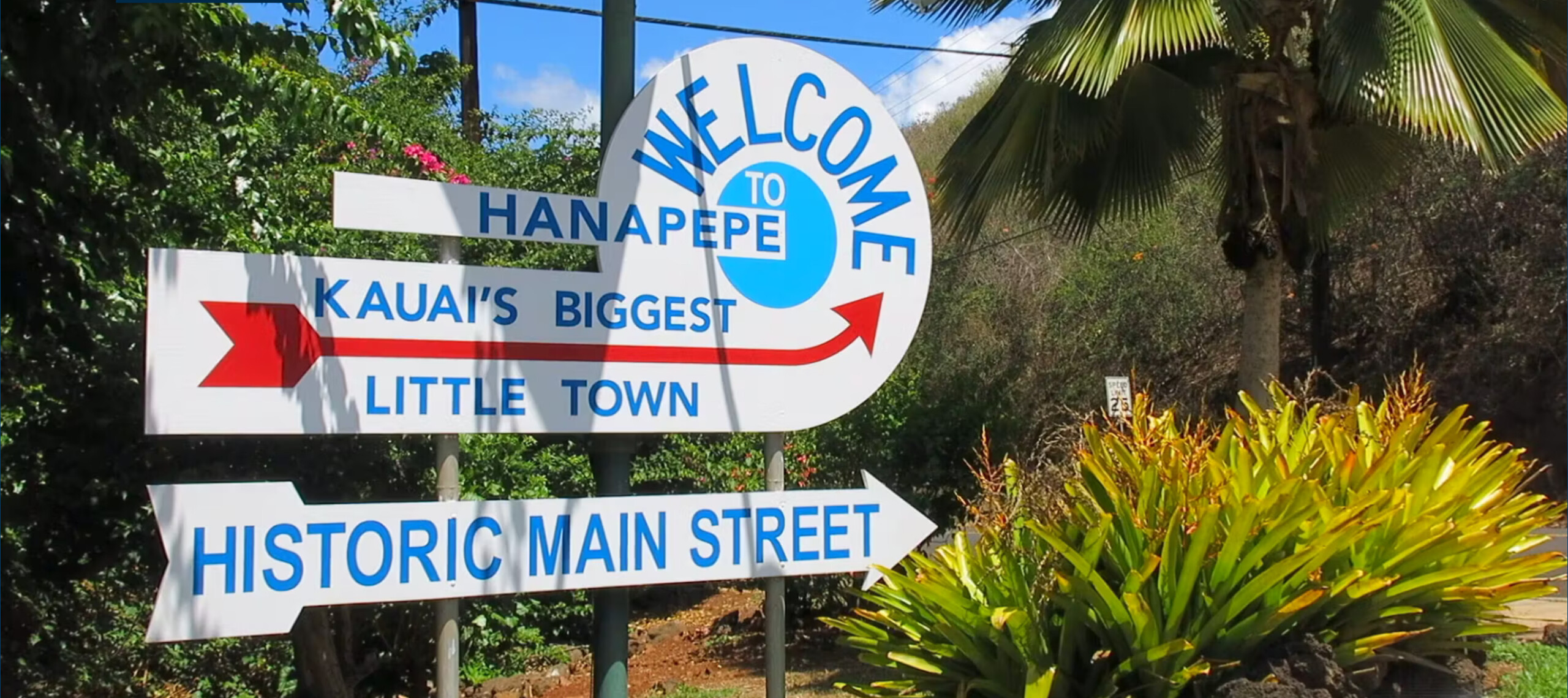By Tommy Noyes

A basic e-bike setup is this red hub mounted onto a traditional bicycle frame. The Copenhagen Wheel, produced by Superpedestrian, is controlled by an app on the rider’s smart phone, and it makes pedaling the bike up hills or across town a breeze. Contributed photo
Like many areas around our country, Kaua‘i has been methodically shifting toward walkable and bikeable communities for decades. In recent years, technological advances in battery performance and compact electric motors have ushered in a new generation of bicycles — e-bikes. It’s now sensible for many to rely on electric-power assisted bicycles that are clean, inexpensive, efficient and seamlessly complement the Kaua‘i Bus public transit system.
Cities and towns that have invested in accommodating people who walk and bicycle with attractive sidewalks, bike paths, protected bike lanes and low-speed residential streets are seeing steadily increasing numbers of e-bikes. Streets, roads and workplaces that support active transportation result in more people relying on bicycles (both standard and e-bikes) for their daily transportation needs, which in turn increases appreciation of and popular support for expanding active transportation systems.
Just like traditional pedal bicycles, e-bikes are produced in many different styles for various uses, such as mountain biking, beach cruising and commuting. Also, like other motor-driven vehicles, e-bikes have a range of power ratings. In 2019, State Rep. Nadine Nakamura, from Kaua‘i, introduced a bill that became law and clearly defines the legal status of e-bikes. The law also includes a minimum age requirement to legally operate an e-bike: No person under the age of fifteen shall operate a low-speed electric bicycle.
Under the terms of our new law, if a low-speed electric bicycle is equipped with fully operable pedals and an electric motor of less than 750 watts (one horsepower), whose maximum speed on a paved level surface, when powered solely by such a motor while ridden by an operator who weighs 170 pounds, is less than 20 mph, then it is legally considered the same as a traditional pedaled bicycle.
People who ride e-bikes benefit from the moderate exercise. Unlike mopeds or bikes that have a power control dial, e-bikes’ motors amplify, but do not eliminate, the rider’s pedaling energy expenditure. One has to pedal an e-bike to make it go, and the motor will assist your pedaling to degrees that you can select. Once new users have experienced how an e-bike makes climbing hills and cycling in general easier, they are more likely to use an e-bike than a standard bicycle. Over time, the increased stamina derived from the moderate exercise an e-bike requires can support transitions to standard bicycles.

Tommy Noyes
The cost of living on Kaua‘i is among the highest in the nation, while wages are not commensurately higher than the national average. This economic pressure is felt in many households. By replacing or merely reducing the use of a single gas-powered vehicle, e-bikes have the potential to significantly decrease a household’s transportation expenses, especially in combination with Kaua‘i Bus ridership.
Additionally, shifting to e-bikes alleviates traffic congestion, reducing greenhouse gas emissions. Ten bikes can fit in the space needed to park one automobile, so urban space required for parking is diminished.
Please reach out to the author at (808) 639-1018 for info on e-bikes and smart bicycling.
- Tommy Noyes is Kaua‘i Path’s executive director, a League of American Bicyclists Certified Instructor and active with the Kaua‘i Medical Reserve Corps.
Discover more from ForKauaiOnline
Subscribe to get the latest posts sent to your email.





Leave a Reply